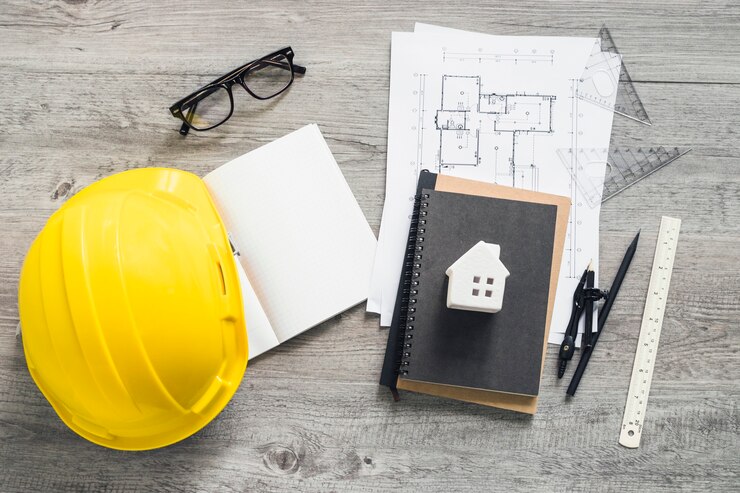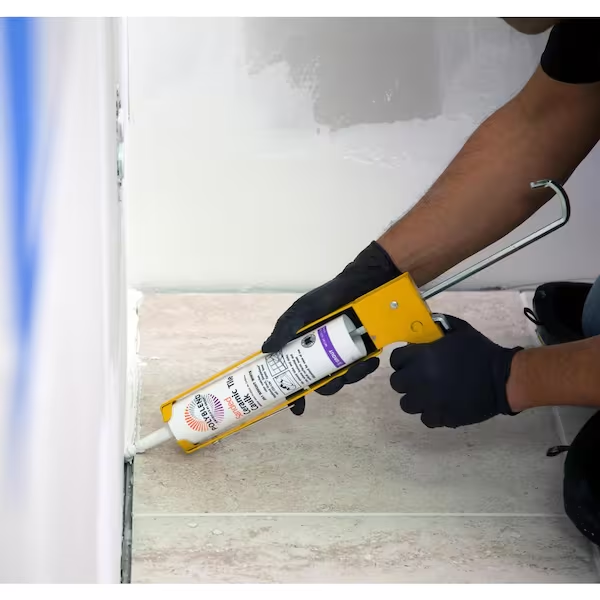An FHA 203(k) loan is a mortgage that is insured by the Federal Housing Administration (FHA). Homebuyers can use this type of loan to purchase a property and make necessary repairs and updates. One benefit of a 203(k) loan is that you can buy a fixer-upper and renovate it to your liking. Getting a 203(k) loan requires a lot of paperwork and the process can be difficult to follow. In this article, we will provide easy-to-follow tips on how to prevent possible problems during the 203(k) loan process.
The Different Types of 203(k) Loans
When considering a 203(k) loan, it is important to be familiar with the different types available. There are two types of 203(k) loans. They vary by the amount of money you can borrow and what kind of repairs you can do.
- The Limited 203(k) Loan: The limited or streamline 203(k) loan is only available for projects totaling under $35,000. The application process is straightforward and requires less paperwork. Although there is no minimum cost requirement, you cannot use this loan to pay for structural repairs such as moving walls or building additions.
- The Standard 203(k) Loan: The standard 203(k) loan is typically used for larger projects that total more than $35,000. This loan has a $5,000 minimum requirement. Additions, structural work, and complete home renovations are allowed with this loan.
Why is Going Through the 203(k) Loan Process Challenging?
Before we dive into the tips, let’s briefly discuss the reasons behind its difficulty. The 203(k) loan process can be tough due to the extensive paperwork, time commitment, and effort involved. Not all contractors and lenders are willing to take on 203(k) projects. Because of this, you might have a tough time finding a good lender and contractor. Moreover, there are stricter restrictions on how you can use the loan funds. Luxurious updates, for instance, are not possible with this loan. It also involves complex inspections and careful appraisals. Therefore, if you do not plan ahead properly you will be in trouble!
1.Choose the Right Lender
When choosing a lender for your 203(k) loan, make sure they participate in the 203(k) loan program. Also, ask the lender if they have done multiple (at least three) 203(k) projects. Different issues arise during the 203(k) loan process. Therefore, it is important that your lender is experienced enough to know how to deal with them.
2.Choose the Right Contractor
I believe you should spend the most time finding the right contractor. Some contractors will not take on 203(k) projects because they are time-consuming and require a lot of paperwork. Furthermore, because of how the 203(k) loan process works, the contractor does not get paid upfront. The lender pays them when portions of the work are complete. Many contractors cannot or do not like getting their payment this way. Also, finding the right contractor can be challenging if you opt for the limited 203(k) loan, some contractors will not bid on jobs under $35,000.
Finding an experienced 203(k) contractor and getting approval from a lender will require time and attention. Matrix Company Solutions Corp. is a licensed contractor with 25 years of experience in the Philadelphia area and has completed many 203(k) projects. We can make this step easy, simply contact us today by clicking on our FREE Consultation Service Link.
3.Allow Enough Time to Close
Closing or settlement is the final step in the 203(k) loan process. This is when all parties sign the Real Estate Transaction documents, the funds are distributed, and the property passes from seller to buyer. 203(k) loans require at least 60 days to close. If the seller does not want to give at least 60 days, try to negotiate to get the needed time or consider looking for another property. Your contractor will need at least 60 days to do estimates and prepare the necessary paperwork. Also, the lender has to submit and get approval from the underwriting department which takes some time.
4.Put a Contingency in Your Contract
When applying for a 203(k) loan, there is a chance the lender will not approve the property for the loan. Unfortunately, you may not find this out until after the Agreement of Sale contract is signed and you have put down a deposit. It is important that you put into your Agreement of Sale, as a contingency, that all parties know this is a 203(k) loan deal and agree that if the 203(k) loan does not get approved, the buyer can get out of the contract and get their deposit money back.
5.Do Some Repairs Yourself
When buying a property that needs repairs, ask the seller to fix minor issues such as replacing a faucet or re-grouting tiles, or do them yourself. Keep in mind that the loan amount must not exceed 110% of the appraised value of the property. Incorporating all minor repairs into the 203(k) loan will raise the loan amount. In this case, you may not be able to obtain an appraisal for the higher amount needed for other repairs thus preventing you from getting approved for the 203(k) loan. So do some of the repairs yourself if you can or put them off until a later time.
6.Negotiate the Sale Price
The price you pay to buy the house plays a significant role in determining the home’s equity. Remember, a 203(k) loan combines the home’s sale price and the cost of repairs into one loan. So, if you can negotiate a lower sale price, you will have more money to do repairs. Try to think of the home buying process as a business transaction, at first. Keeping your emotions in check will make you a better negotiator.
7.Be Patient
The last and best tip I can give you is to be patient. Buying a home that needs repairs using a 203(k) loan can be a lengthy and somewhat stressful experience. By hiring an experienced 203(k) contractor the process will flow smoothly. Always keep yourself informed by asking questions and being involved in the process. Being excited about the possibilities of your new home can easily turn into frustration when going through a renovation. Remember, keep calm and remain patient, your dream home is within reach.
Conclusion
Navigating the 203(k) loan process presents various challenges. We believe that the tips mentioned above will assist you in streamlining this process. If you have previously used a 203(k) loan, please share your insights with us. What other tips do you think are essential for someone going through a 203(k) loan?
Now that you know how to make the 203(k) loan a smooth and simple process it is time to start thinking about your dream home. At Matrix Company Solutions Corp., we are here to help you navigate through the 203(k) loan process. Call us today to get started.
Frequently Asked Questions
What are the different types of 203(k) loans?
There are two types of 203(k) loans: the Limited 203(k) Loan and the Standard 203(k) Loan. The Limited 203(k) Loan is only available for projects under $35,000, while the Standard 203(k) Loan is typically used for larger projects of more than $35,000.
Are luxurious updates possible with the 203(k) loan?
No, the 203(k) loan has strict restrictions on how you can use the loan funds. Luxurious updates are not possible with this type of loan.
What happens to the deposit if the property is not approved for a 203(k) Loan?
It is essential to include a contingency clause in the Agreement of Sale. This allows the buyer to back out of the contract and get their deposit money back if the lender does not approve the 203(k).
Can I do some of the repairs myself to reduce the loan amount?
Yes, you can opt to do minor repairs yourself or request the seller to fix them before the purchase.










0 Comments